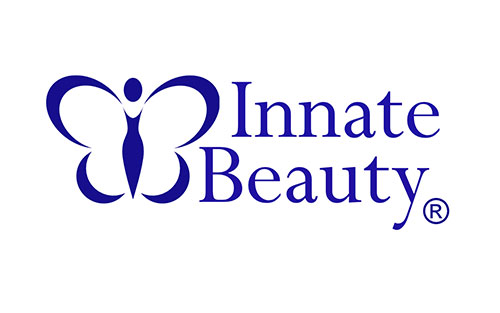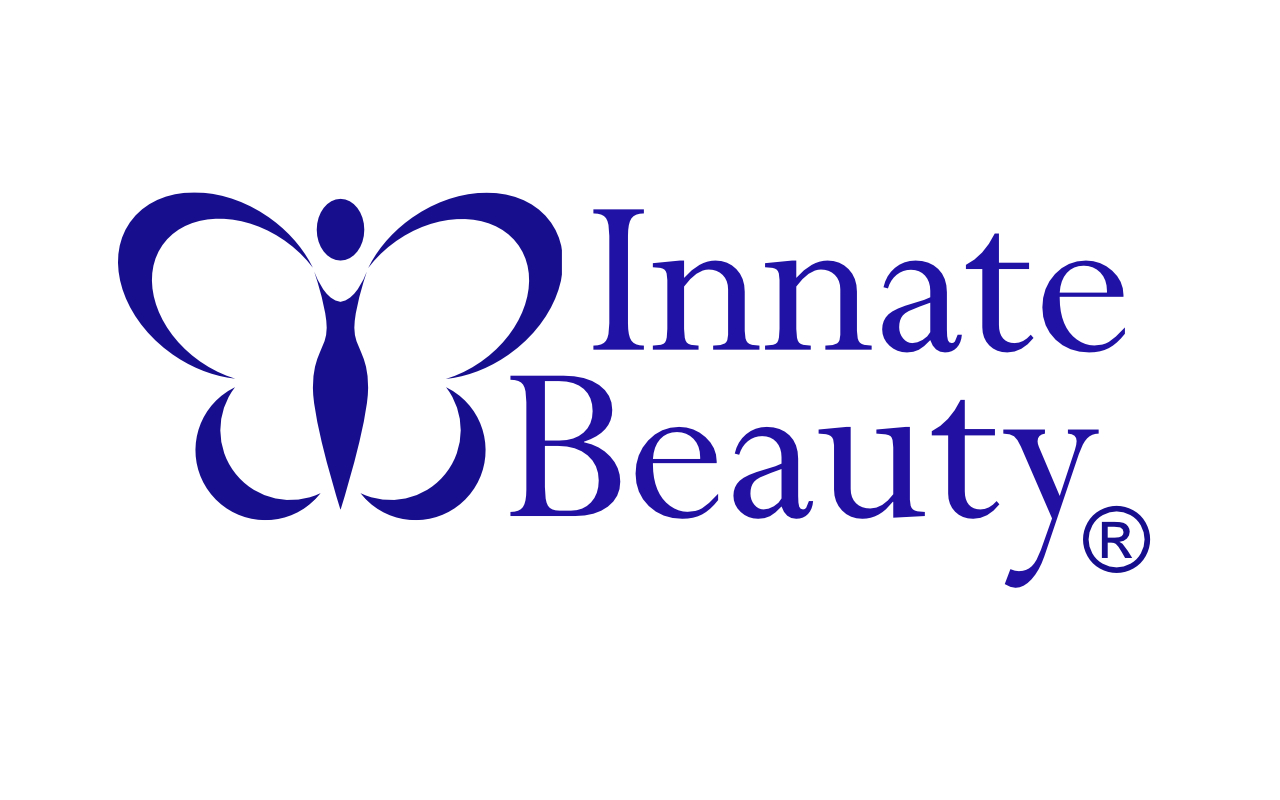How did I suddenly become old?
So, it’s come to this … you now see your mother in the mirror. You wonder, How did I suddenly become old? What can I do about it? Do I need plastic surgery? Don’t worry, my friends, there is still hope for facial rejuvenation … without surgery. There are many advances that we can utilize to regain that youth.
First, let’s discuss the structural changes that happen to the face with age. It is not just a matter of a loss of elasticity and sagging of soft tissue. Just as with other areas of the body, the face loses bone around the eyes, cheekbones, nose, and the jaw bone, thus reducing the foundation upon which the muscles and fat pads sit. The best way to prevent and slow aging is to avoid cigarettes, wear sunscreen, and strengthen your bones with exercise. Appropriate hormone replacement is also beneficial in maintaining bone density.
As for non-invasive cosmetic procedures, let us discuss the options for the various signs of aging.
Do people ask why you’re mad at them? Or if you are stressed? It’s the “angry 11’s” between your eyebrows. Wrinkles like this, caused by muscles of expression, are usually improved with botulinum toxin (BTX). Currently, there are three commonly used forms of this purified protein that are injected with a small needle into the offending muscles. Relaxation starts at four days after injection and full effect can be expected at two weeks. Results usually last three to four months, in most people. To get an idea of what BTX would do for your wrinkles, simply look in the mirror and gently stretch the skin (up and out for the angry 11’s). If you have leftover lines, you waited too long to get just BTX; you would need other means to smooth out the remaining wrinkles, such as dermal fillers, chemical peels, microdermabrasion, or resurfacing lasers. I usually try the BTX first, and see what lines remain, before placing filler in the same visit. Results and complications are dependent on injector skill, knowledge of musculature, and artistic placement of the medicine. Variations also occur with dilution of the product, since they all need to be reconstituted with saline to be injected.
When it looks like your once full cheekbones have slid down your face like glaciers, it is because of the loss of bone foundation, sun damage, loss of elasticity, and wearing out of the fat pad (yes, if you’re a side sleeper, it goes away quicker). Aside from silicon cheek implants, which can slide around on their own, and just look artificial, there are many options to bring back those apples. Fat grafting can be pricey, and, if not performed correctly, can last only as long as a dermal filler (one year). Dermal fillers containing collagen and hyaluronic acid are temporary, lasting several months to a couple of years. Dermal fillers containing polylactic acid or hydroxylapatite have longer half-lives. This procedure, incidentally, is my most favorite to perform, because of the instant gratification. These can be used to replace lost volume in cheeks and smile lines, straighten crooked noses, and plump deflated lips. It is all about placement, not necessarily volume, so beware of places that push large numbers of syringes…they may be incentivizing their staff by how much they sell, not by how good their clients look afterwards.
Have you ever seen someone who didn’t really have the deep smile lines, but instead looked like they had cotton in their mouth? That is a sign of poorly placed, or excessive amounts of dermal filler. The deep folds connecting the nose to the mouth (nasolabial folds), and the vertical lines extending down the corners of the mouth (melomental lines, or marionette lines) are attached to the substructures of your face, and do not actually appear until fat (those once glorious cheeks, or jowls) falls over them. Many practitioners only know how to add mass to your face…however, in this case, you want to remove fat to minimize the appearance of those folds. Mesotherapy has been used for decades in Europe and is gaining popularity in the U.S. for strategic spot fat removal. Mesotherapy consists of intradermal injection of variable mixtures of natural plant extracts, homeopathic agents, pharmaceuticals, vitamins and other bioactive substances through multiple dermal punctures, and usually performed every couple of weeks until the results are achieved. It works great to permanently dissolve small pockets of fat, such as the jowls, double chin, and baggy undereyes. Mesotherapy can also be used to dissolve little eggs of fat left over after liposuction, love handles, and saddlebags, but usually has best results when patients are at their “fighting weight,” meaning they are exercising five days a week, eating well, avoiding alcohol, but still have stubborn pockets of fat to address. If patients have the small columns of fat overhanging their smile lines, I opt to remove those before placing filler, since the sagging fat is usually the culprit … and the cost of permanent fat loss with mesotherapy is a fraction of the cost of temporary dermal filler.
As for other innovations in cosmetic medicine, I am keeping a close eye on stem cells and platelet rich plasma. I tend to watch the evolving technologies for at least a year, since I don’t want to invest in the first model of anything, since they are still working the kinks out. Stem Cells. The use of body’s stem cells and growth factors is another therapeutic modality for repair of damaged tissue, and cell-based therapy. A patient’s own cells could be grown in culture, coaxed into assuming a specific cell type, and then reintroduced into the patient. Stem cells offer the possibility of a renewable source of replacement cells and tissues to treat diseases including Alzheimer’s diseases, spinal cord injury, stroke, burns, heart disease, diabetes, osteoarthritis, and rheumatoid arthritis. Injected cells may accomplish repair by secreting growth factors or stimulating migration of fibroblasts that produce collagen and reduce wrinkles. This development is still in its infancy, so I’m eagerly watching for further research into how these can be used for skin rejuvenation.
Platelet Rich Plasma. PRP is a specialized preparation of the patient’s own platelets in concentrated plasma. PRP is being widely applied in various medical fields including dermatology for its ability to stimulate wound healing. Further, it has been used clinically in mesotherapy for skin rejuvenation. Although PRP injection is considered one of the minimally invasive procedures, it usually causes skin bruises which will result in longer downtime when compared with other minimally invasive modalities. PRP secretes a variety of growth factors in order to regenerate the skin, and may promote new collagen synthesis through activation of fibroblasts. Up to now, there is no evidently clear method for the clinical application of PRP. Different methods are being tested including topical application or direct injection into the skin.
As for legal developments, the Texas Board of Medical Examiners changed a law regarding injectables (BTX, fillers, etc) that requires all patients to be initially evaluated by a physician prior to receiving these treatments, and he/she must be seen regularly by the physician annually thereafter. There are also similar regulations for those receiving certain laser treatments. This was to improve the patient safety and cut down the number of unsupervised nurses and other second-hand trained staff who are practicing outside the scope of their licensure. So, be sure to ask about credentials, years of training and experience, and never go cheap on your face.

